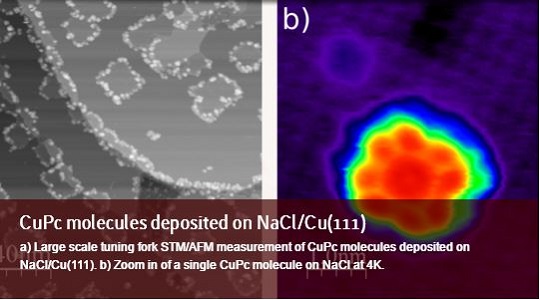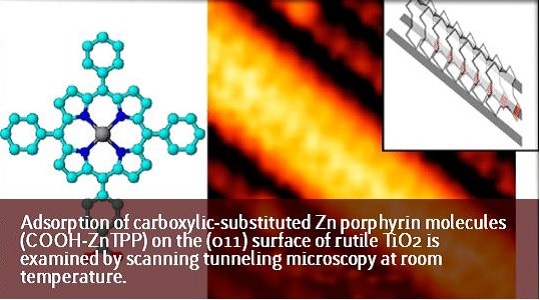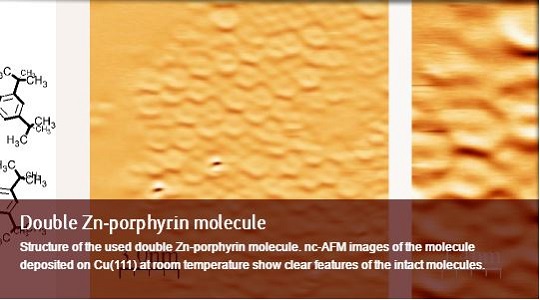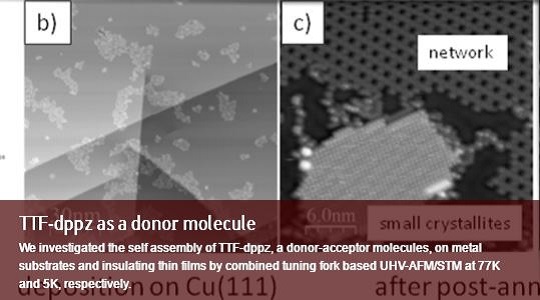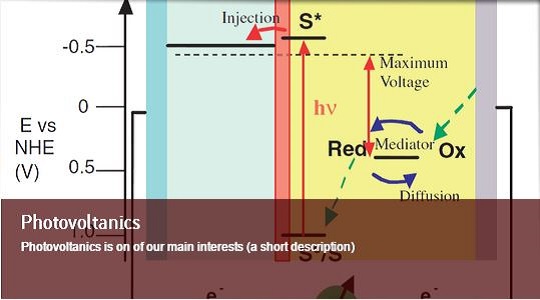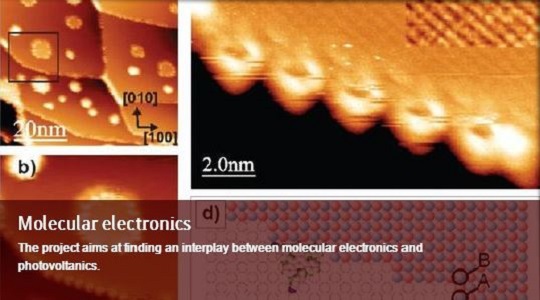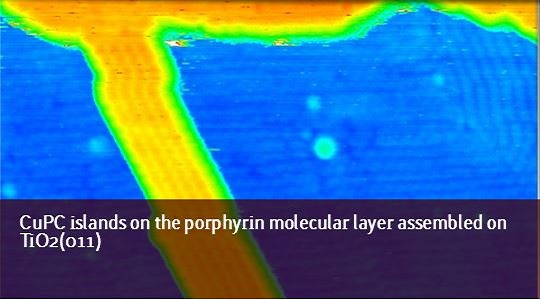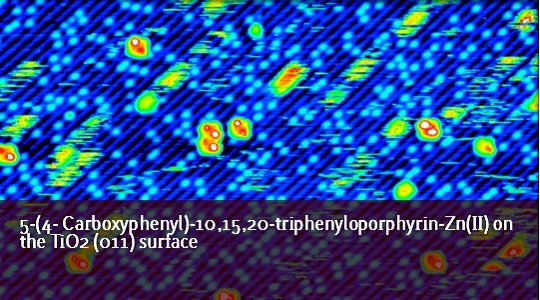Participation of the representatives of both Partners in the 8th International Workshop on
Nanoscale Pattern Formation at Surfaces, July 12-16, 2015 Krakow, Poland. Oral and poster
presentations showing the results obtained during Project realization and the present state of the art in the research field.
The Workshop is held in the Auditorium Maximum of the Jagiellonian University, Krupnicza 33,
Kraków, Poland.
More information

